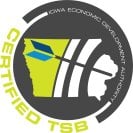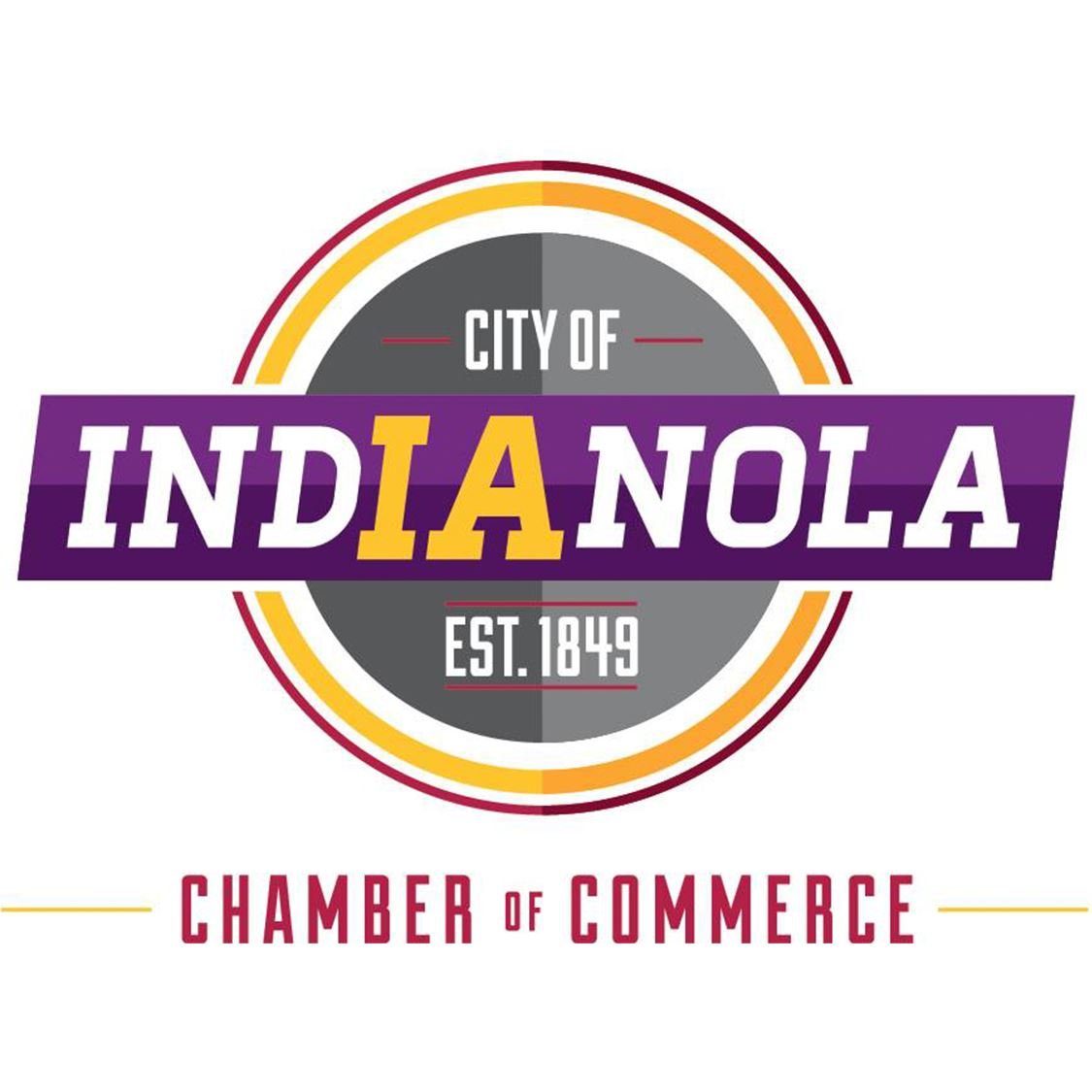Picture it…you’re on your way to an important event, perhaps the wedding of a friend, a graduation, or a conference – something bigger than just an average coffee meet-up with someone you see every week. You left with plenty of time to spare but this was the day you opted to try out that new audio book you’ve been waiting to listen to, and you got completely engrossed! Before you know it, you’ve missed your turn, and you’re headed the wrong way!
How many of us can relate to the frustration that follows as you try to find another exit or a spot to turn around? And even though we don’t mean to, we end up wasting time that we simply can’t get back.
Unfortunately, a lot of people struggle with going the wrong way when it comes to Learning and Development. And frankly, that breaks my heart, because how and what we learn is a big part of having a better workday!
If, as an employee, I don’t have access to the knowledge and skills I need to perform my job, to develop myself, and to grow in my career, I’m going to be frustrated in my daily work, I’ll likely feel disempowered when I try to grow, and I’m going to wonder if my employer cares about me or my future success.
If, as a leader or as someone who supports the growth of others, I’ve got employees who aren’t engaging in their own development, I’m likely to be frustrated by what looks like their lack of interest, and I’m going to wonder if my employees care about the work they’re doing or their own success.
Both of these are absolutely the wrong way to have a great day!
On the flip side…if as an employee, I know that I have access to the resources I need to do my job, to learn and grow at what I’m doing, and someone is interested and invested in my growth, and that they’re willing to help me as I develop myself in my career, then I know I’m in a place that cares.
And if as a leader or Learning and Development professional, I see evidence of others engaging in development programs, meeting with coaches, taking classes, downloading resources, attending conferences, and sharing back and showcasing what they’ve learned, then I know I’m surrounded by others who care.
I can’t tell you how many times, Learning and Development professionals have come to us because they’ve tried other things that employees didn’t find helpful or that didn’t produce the desired outcomes. And I’m so very happy to help them get back on the right path! Whether you’re looking for Learning and Development for yourself – in any size organization – or you’re looking to improve the Learning and Development programs for the employees you lead or support, we’d like to offer some tips.
First, Recognize You’re Going the Wrong Way!
Before we can get back on the right road, we have to recognize when we’ve made a wrong turn. In an article by Harvard Businesses review, author Steve Glaveski highlights four ways in which we go wrong with our Learning and Development programs – here’s what he points out, and it’s absolutely lockstep with what we tend to see:
People build learning events for the wrong reasons: If someone is offering a course or suggesting a training just for the professional education credits, rather than for the impact the program will have on the learners or on the business, success can be limited. Learning for the wrong reasons means that the trainings that follow won’t be as successful or people-focused as they could be. At Your Clear Next Step, we’re diligent about making sure we’re learner-focused, and while our courses do qualify for continuing education credits in multiple fields, we focus first on outcomes.
People build learning events at the wrong time: Setting aside the obvious challenges with Monday morning and Friday afternoon trainings (“no thanks”, say most – we’d rather be hitting our to-do list, or dealing with our weekend brain than trying to learn), most people learn best when they’re interested in doing so. We try to help our clients avoid trainings “just because” as well as trainings that are taught too soon after another one. This causes an overwhelm of information that can be easily forgotten.
People build learning events about the wrong things: One of my favorite steps is to ask our customers what their needs are, what the challenges are, what people are struggling with, what hurts, what’s painful – when we listen to the pain points, we can then help make sure that the learning event is built around the right things, rather than trying to offer yet another class around something that employees won’t resonate with or something that they needed last year but not this year.
People forget what we learn: Too many Learning and Development sessions are built around presentations – they’re facilitator-led or presenter-centric. Unless the content is learner-centric, where the content is something the learner wants, something the learner engages in, something the learner can apply right away, the learner is going to forget it. I love our learner-centric content, and how we make sure that every learner works harder than the facilitator once the learning session begins (That takes a lot of work to set up, by the way!), but it helps make sure that the learning sticks! We also engage learners with humor, lots of kinesthetic interaction, mnemonic devices, and really memorable tricks and tips – designed to help make the learning stick! (Just ask anyone who has spent time in our project management classes if they know anything about a Chicken!)
Get Back on the Road!
When we’ve been going the wrong way for a long time, it can be hard to get back on track. Taking a wrong turn can feel like it’s set us back, but getting back on the road isn’t impossible.
Let’s look at a learning method that can get us back on the road and moving toward successful Learning and Development initiatives:
Identify the Main Learning Goal
A powerful first step is to identify what it is that you really want to your employees to learn, or what it is that is beneficial for you and your organization to learn. Without this step, we risk continuing to run in circles and in the wrong way, resulting in wasted time, money, and the same dissatisfied results. Instead, identify the kinds of things that will really be beneficial to everyone. Consider new things that will be interesting, engaging, and will not only grab the attention of your employees, but be useful to them. One of my best tips on this one is to ask them what they want, or at the very least to check in with their key stakeholders on what would make their workdays better.
If it’s just you – what do you want to learn? What’s your main goal, and how will it benefit you, your organization, and your career?
Apply!
One great way to retain what we learn, is to apply it both immediately and in real-life. If the trainings provided to our employees don’t seem relevant, then employees have no reason to apply it to their work, which means they won’t remember much of the training. If we instead provide employees with applicable training that engages them in hands-on and real-time activities, the training is more likely to be memorable and have an impact on your employees and your organization.
If it’s just you – how will you apply this? What will you do in the next 1, 5, 30 days to apply what you’ve learned? Who will you share your learnings with? Many times, re-teaching what you’ve learned is a great way to solidify your new-found knowledge.
Receive Feedback and Move ForwardIf you’re noticing that the Learning and Development programs you’ve been doing in the past, or even the new programs you’re implementing don’t seem to be having a greater impact, it’s a powerful thing to not only recognize, but ask those most impacted by training for their feedback. They may have additional insights and thoughts that could help improve the quality of your Learning and Development.
Another great way to keep moving forward is to establish routines of learning with others. Collaboration motivates and inspires creativity, and encourages constant learning, even outside of Learning and Development programs. Additionally, by offering each other support as we learn together, or taking the time to make trainings personal for those who might not learn in the same ways as us, we can acknowledge our differences and use those differences to our collective advantage as we learn new things or new ways of learning.
If it’s just you – take a moment to do some reflecting on what you liked and didn’t like about your last learning experience. What went well that you’d like to repeat? What would you do differently if you could go back?
Repeat!All good methods stay strong when they repeat in a successful cycle. When we focus on learner and business outcomes, we’re more likely to learn the right things, at the right time, for the right reasons, and remember what we learn.
Want to learn more about Learning and Development? Interested in engaging and interactive Learning and Development for your organization? When you take intentional steps to improve your work by engaging with effective Learning and Development programs, you put the good of the organization first. It means you’re dedicated and committed to hard work, improvement, and success in your personal life, which is inspiring to those around you. Putting the good of the organization first is a core tenant of the Change Makers Certification program, some of our own Learning and Development that I hope you’ll find useful! Please reach out if you have any questions or if we can support you in any way!








